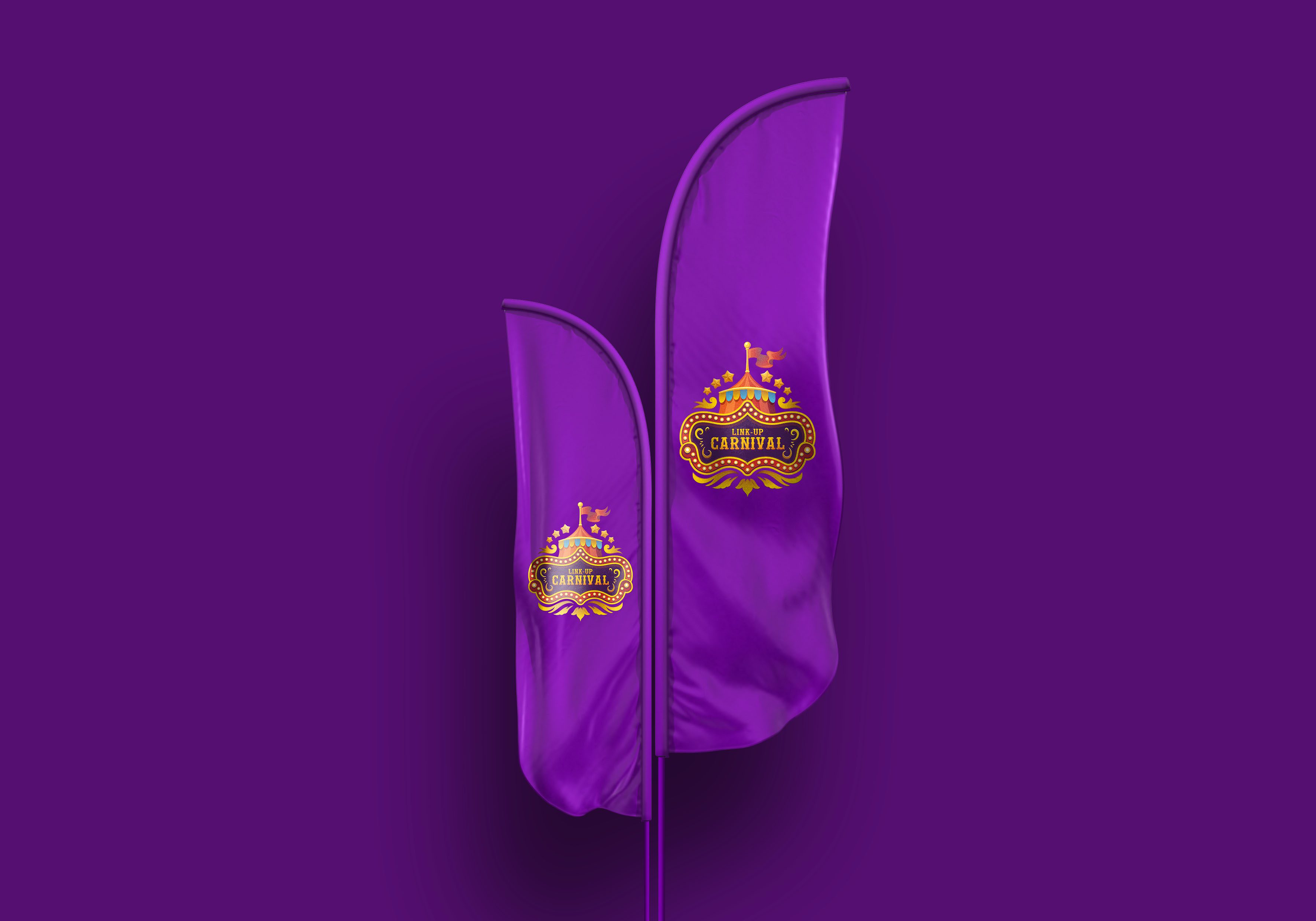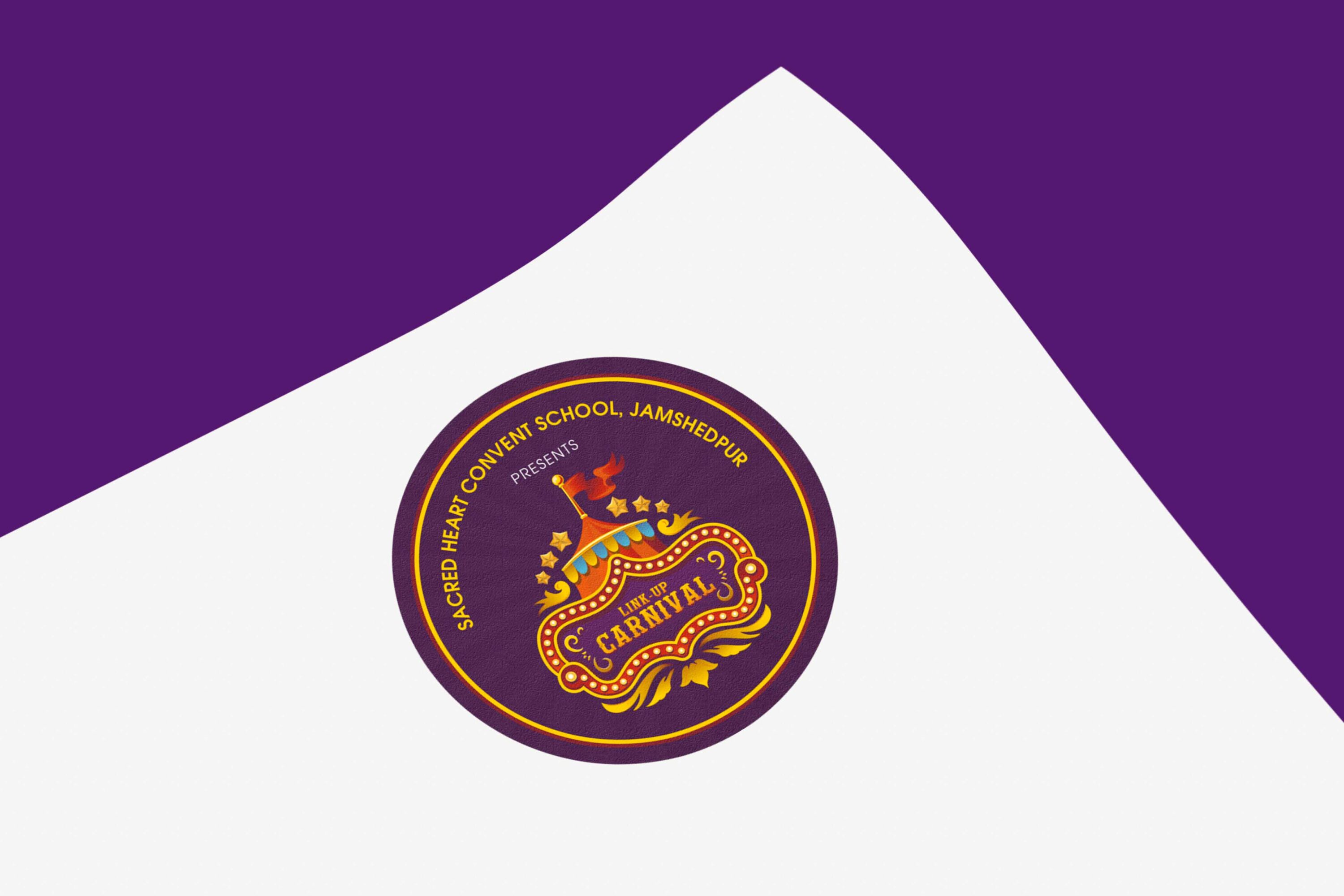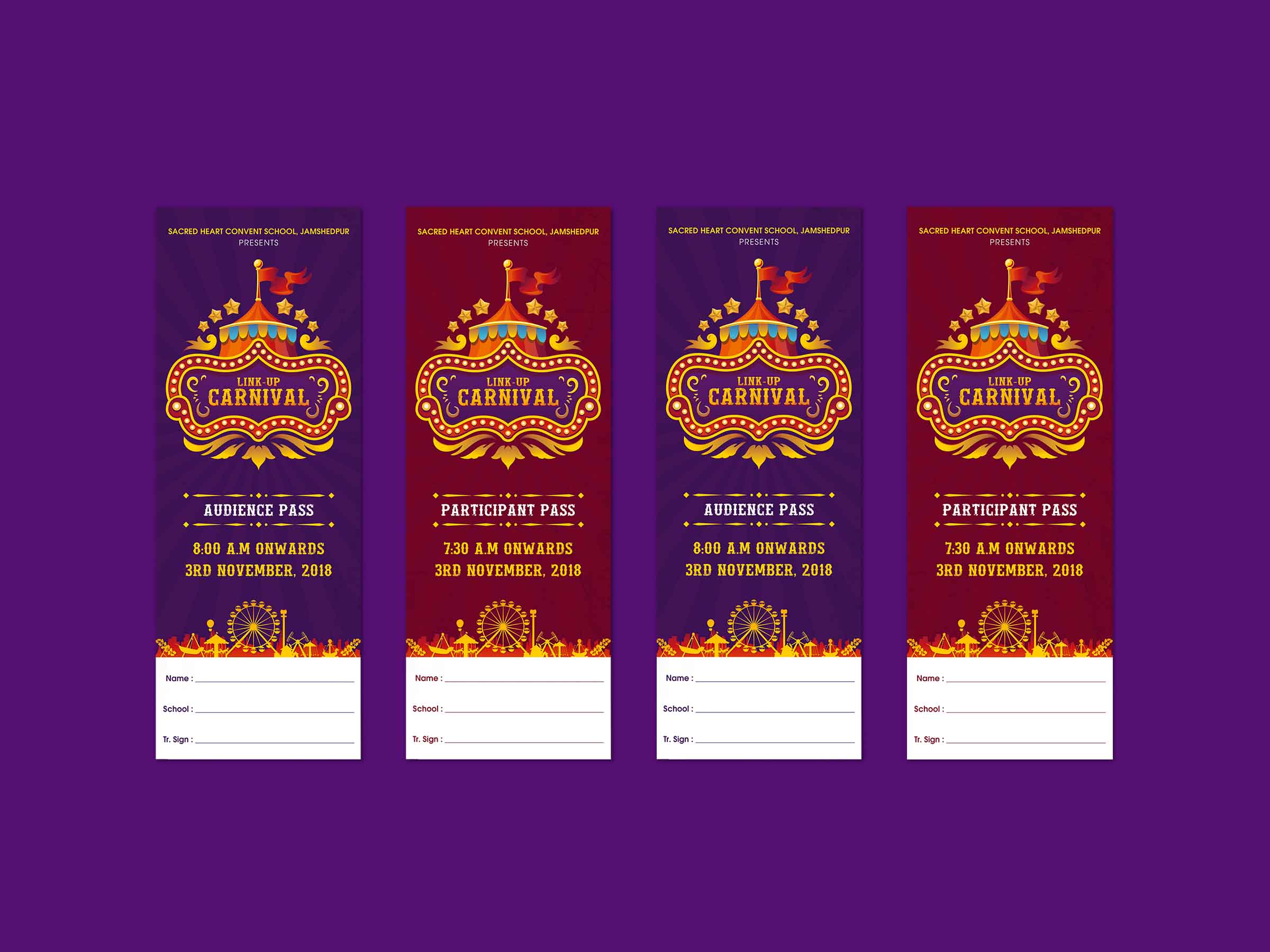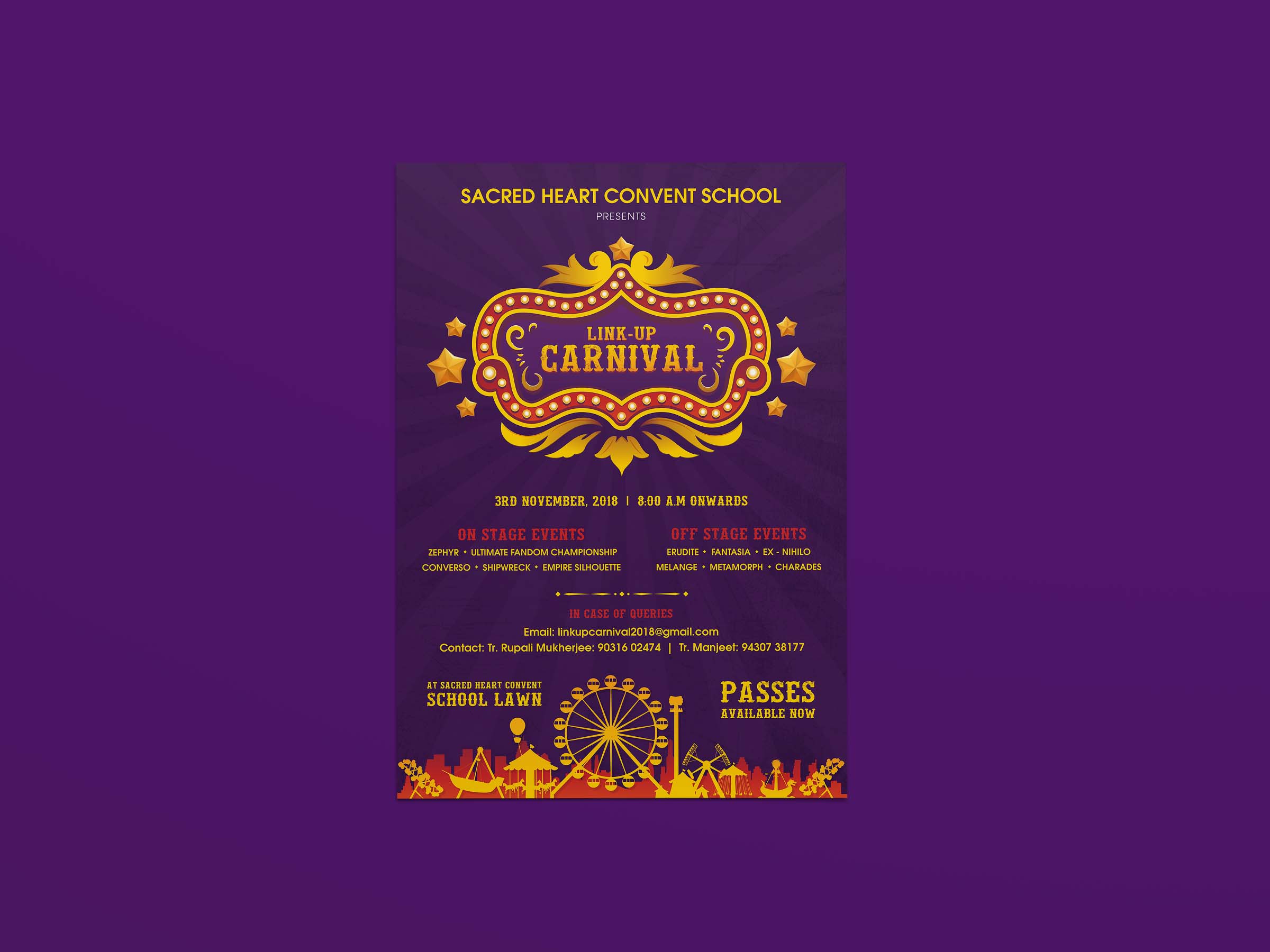The lion is the symbol of the Evangelist Mark, who is said to have stopped, on a Venetian island, during one of his journeys. Since then the winged lion was the symbol of the free Republic of Venice. In times of peace it was represented with its paw on the book, in times of war with the unsheathed sword. The Barbary lion is a national animal of England. In the Middle Ages, the lions kept in the menagerie at the Tower of London were Barbary lions, English medieval warrior rulers with a reputation for bravery attracted the nickname “the Lion”: the most famous example is Richard 1 of England, known as Richard the Lionheart. In the Pyramid Age, the falcon depiction was frequent in the written language. The falcon was the kin, of the air and the sacred animal of Horus, the king of the gods and lord of the sky. As the embodiment of Horus, the falcon wears a double crown. When the falcon represents the Egyptian god Ra, he wears a disk on his head. The French Fleur de Lis Flag has huge significance in France itself and in other parts of the world, including the Americas, It consists of three fleurs de lis emblems on a deep blue background. The flag carries the traditional French Fleur de Lis, tripled to represent the Holy Trinity, It was carried by French armies as they gained colonies in the New World. The Black Cross (Schwarzes Kreuz) is the emblem used by the army of Germany from 1871 to 1918. It was designed on the occasion of the German Campaign of 1813, when Frederick William IlI commissioned the Iron Cross as the first military decoration open to all ranks, including enlisted men. The labrys is an archaic symbol of the thundergod Zeus. Storm gods wielding their thunder weapons are familiar motifs in European mythology. The Nordic god Thor, who hurls his mjollnir to cast thunder and lightning upon the earth. Similarly, Zeus throws his keravnos to bring storm. The labrys, or pelekys, is the double axe Zeus uses to invoke storm. During the Meiji period, no one was permitted to use the Imperial Seal except the Emperor of Japan, who used a 16 petal chrysanthemum with sixteen tips of another row of petals showing behind the first vow. Therefore, each member of the Imperial family used a slightly modified version of the seal. Shinto shrines either displayed the imperial seal or incorporated elements of the seal into their own emblems. Mongolians have for centuries had a high respect for the symbols of state. The soyombo has a long tradition as a national emblem, having been invented by Undur Gegeen Zanabazar, a descendant of Chinggis Khan and founder of Mongolian Lamaism. He claimed the emblem had mystical meanings, and included the sun, moon and fire at the top. The Avis Cross is a cross adorned with lily petals at the arm-ends, and is very similar to the Calatrava Cross. Not only do the arm-ends represent flowers, but they also have the appearance of a barbed fighting spear. The Avis Cross represents the Portuguese independence from the Castile Kingdom, following the Battle of Aljubarrota in 1385. The Roman Soldier’s Helmet was called Galea. The mainstay of the Roman legion was on the infantry, which wore heavy armor consisting of helmet, breastplate, greaves on the right leg, and on the left arm a buckler, The helmet was originally made of leather or untanned skin, strengthened and adorned by bronze or gold. The Roman Soldier’s Helmet was called Galea. The mainstay of the Roman legion was on the infantry, which wore heavy armor consisting of helmet, breastplate, greaves on the right leg, and on the left arm a buckler, The helmet was originally made of leather or untanned skin, strengthened and adorned by bronze or gold. The Cross of Burgundy, was first used in the 15th century as an emblem by the Valois Dukes of Burgundy, who ruled a large part of Eastern France and the Low Countries as effectively an independent state. From 1506 to 1701 it was used by Spain as a naval ensign, and up to 1843 as the land battle flag, and still appears on regimental colours, badges, shoulder patches and company guidons. Since the word tugre of Oghuz Turkish origin (tugrag). Some believed it originated from “tugri*, a mythical hawk, a toter sign with Oghuz Turks. Islamic Encyclopedia defines it as derived from “tug*, the traditional horse tail signs of Turkic people. Generally, in the Aztec world, fine weapons were symbols of power and religious war. In the Nahuati language of the Aztecs, the spear-thrower was called ‘atlat’ and was a symbol of warfare and magical power. Important Aztec gods were depicted holding ‘atlat!’, decorated with snake (or serpent) designs or feathers (symbolizing a bird of prey). Link-up Carnival 2018
Annual Cultural Fest of Sacred Heart Convent Jamshedpur
Overview
Sacred Heart Convent Jamshedpur, established in the year 1945, is one of those schools in the city which boasts a rich legacy. Link-up Carnival is a testament of the same. It being the third edition of the Annual Cultural Fest of the School, the Management expected us to come up with something huge, something splendid making it unforgettable for all involved. The School wanted to celebrate its illustrious history through this fest and communicated the same to us.
Logo & Identity
Print Collaterals
Animation
Brief
When we sat with the client, we were briefed that this time around they were expecting a full-fledged campaign which would include an appealing logo, post for social media, colourful passes, flagpoles, stage décor, attractive invites to be sent to guests and dignitaries; individual identities, as ancient empires battling it out with each other, to all the 14 participating schools complete with an emblem each having a historical implication. Then there was the youtube video to be made highlighting all the teams in full regale and the ensuing legendary battle.
Solution
We had our hands full during this entire campaign as it was one of the largest ones which we took at that time. We studied the ancient empires and the history behind them and then zeroed upon 14 of them as we had to showcase that many. The colours violet, gold and red took centerstage in the logo along with other complementary colours like yellow, orange, sky blue. Image of a carnival tent, complete with a flag, serenaded by stars. The words, “Link-up Carnival” were surrounded by glittering lights well contrasted in gold and orange hues. To create differentiation, the audience and participants passes had different backgrounds, in violet and light maroon respectively, although other things remained similar.














SYMBOL MEANING
SYMBOL MEANING
SYMBOL MEANING
SYMBOL MEANING
SYMBOL MEANING
SYMBOL MEANING
SYMBOL MEANING
SYMBOL MEANING
SYMBOL MEANING
SYMBOL MEANING
SYMBOL MEANING
SYMBOL MEANING
SYMBOL MEANING
SYMBOL MEANING
Animation
The 14 schools were each assigned the name of an empire, namely, British, Italian, French, Egyptian, Greek, Japanese, Mongolian, Portoguese, Roman, Persian, Spanish, Turkish and Mexican. Coming to the video, all the above traits were highlighted amply along with a catchy background music having war as the theme. The transition effect was profound thus marking the identity of each participating school. Violet and gold colours were used extensively along with cinders thus signifying a fierce background for the grand battle ahead.



